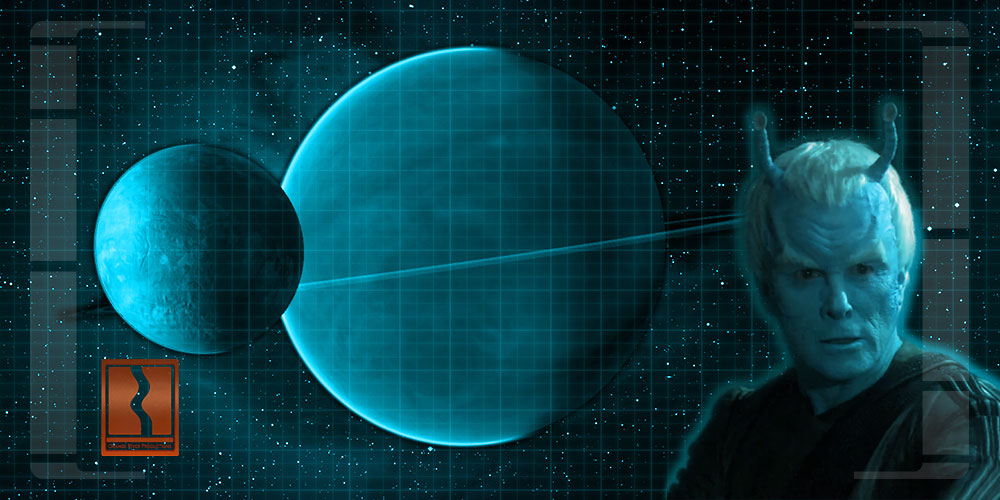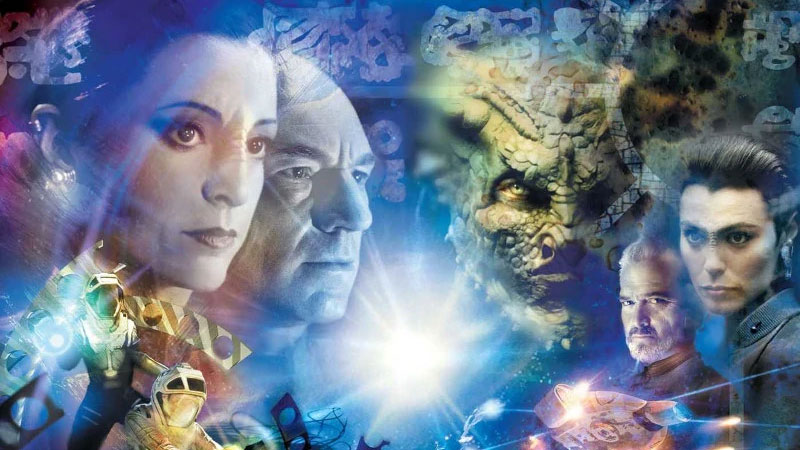Hey guys, Tyler here. One Star Trek species I’ve been dying to talk about on this channel for quite a while is the Andorians. A founding member of the Federation first introduced in The Original Series episode “Journey to Babel” and featured in dozens of subsequent Star Trek episodes, the Andorians’ blue skin, antennae, and other distinct features make them one of the more intriguing species in Trek from a design perspective. In this video, I’ll examine their biology as well as their unique history and culture and compare them to what we expect aliens to be like in real life. Let’s get started.
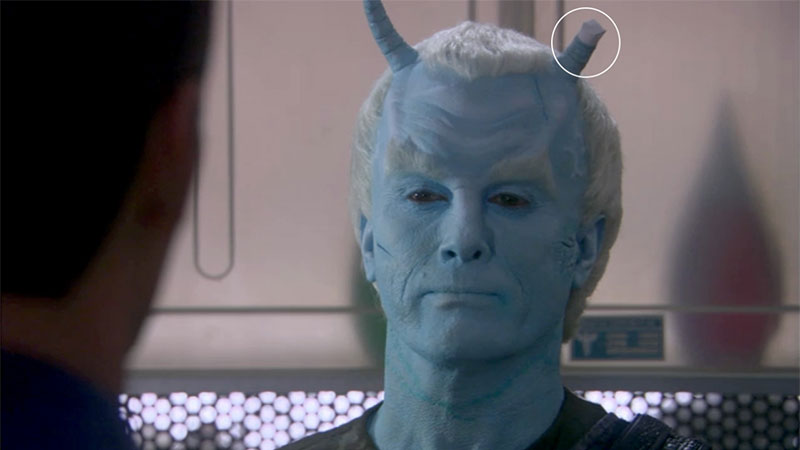
Physiology
In addition to being blue-skinned, Andorians have blue blood that may be based on the protein hemocyanin instead of haemoglobin. Hemocyanin is found in some Earth animals such as horseshoe crabs, and it’s more efficient at oxygen transport than haemoglobin in colder and lower-pressure environments.
Andorians also possess white or silver hair and have a higher metabolic rate than humans, all adaptations to the icy climate of their homeworld. Indeed, as Shran remarks in an episode of Enterprise, while Andorians can become accustomed to a variety of conditions, they are best suited for frigid temperatures.
Another one of the Andorians’ most distinctive features, their antennae, serve a number of purposes. They primarily aid in balance, though they may also aid their other senses, such as seeing, hearing, and touch. If an antenna is lost, an Andorian can become partially disabled in the short term, though they would start to compensate within days.
Antennae eventually grow back within nine months if left untreated and in half that time with the use of electrical stimulation and cranial massage. While losing an antenna is not considered critical, it can be humiliating. As for how such a feature could evolve in an otherwise seemingly mammalian species, well, I’ll get to that, but first, we need to talk about the Andorian homeworld.
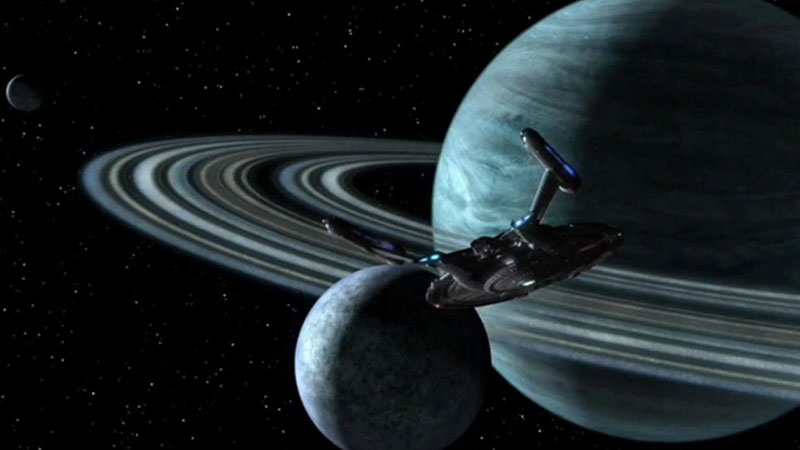
Homeworld
The Andorian homeworld, Andoria, is actually a moon orbiting a ringed gas giant called Andor. The star of this moon and gas giant orbit is called Procyon, or Alpha Canis Minoris. Procyon was identified with the Andorian system years ago in the non-canon reference book Star Trek: Star Charts and later in Stellar Cartography: The Starfleet Reference Library, and the star was confirmed in canon to be Andor’s primary by maps used in Discovery and Picard.
Procyon, which is 11 light-years away, is a binary star that consists of a whitish F-type main-sequence star and a faint white dwarf companion. An F-type star’s habitable zone, the region around a star where life could develop, is estimated to extend from about 1.1 astronomical units, or AUs, to 3.7 AUs. But while the star is hotter and larger—both in terms of mass and radius—Andor’s distance from Procyon is probably much further away than Earth’s relative distance from the Sun.
Some Trek reference sources have the gas giant being the fifth or eighth planet orbiting Procyon, probably several AUs further away. Here, the moon Andoria would be heated largely due to the tidal effects of the gas giant’s gravity well. Now, that might sound too good to be true, but guess what? This phenomenon happens right in our own solar system! We can see this force at work with some of the moons of the gas giants Jupiter and Saturn.
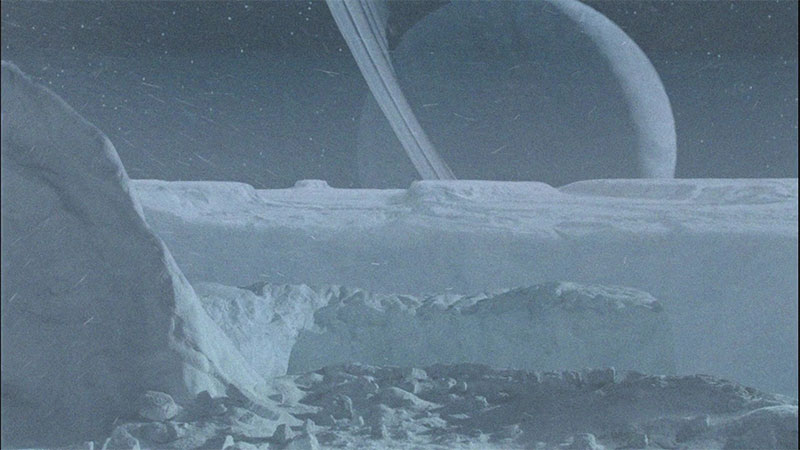
Here’s how it works. A gas giant’s gravitational energy produces tidal forces that tug at a moon that’s in a slightly elliptical orbit. This tidal bulge varies over the course of the orbit, generating internal friction that heats the moon’s interior. This is what’s responsible for volcanic activity on Jupiter’s moon Io, and the same effect helps heat the subsurface oceans of one of its other moons, Europa, and Saturn’s moon Enceladus.
You may recall that Europa, Enceladus, and a few other moons in our solar system are prime targets for the search for extraterrestrial life in their subsurface oceans. These moons are believed to have hydrothermal vents below their ice layers, and some of the earliest fossilized life on Earth exists around hydrothermal vents. In other star systems, though, some moons of gas giants may garner enough mass to actually hold onto an oxygen atmosphere and produce other conditions suitable for life on the surface.
Speaking of life on the surface, a planet in an F star’s habitable zone would be subject to between 2.5 and 7.1 times more UV radiation than on Earth. Even with sufficient atmospheric shielding like an ozone layer, this would still be enough to affect the colouration of pigments in plant and animal life. As I talked about in my video about the Asari from Mass Effect, such pigments in alien life would reflect higher-energy blue light while absorbing other colours.
But when it comes to Andorians, given the greater distance of their homeworld from their sun, their appearance may actually be a result of their blue blood pooling closer to the surface of their skin to keep them warm. Indeed, the Andorians may have partially evolved underground, possibly from mole-like creatures. We know they’ve built subsurface cities to take advantage of geothermal energy, so it’s not that far of a stretch.
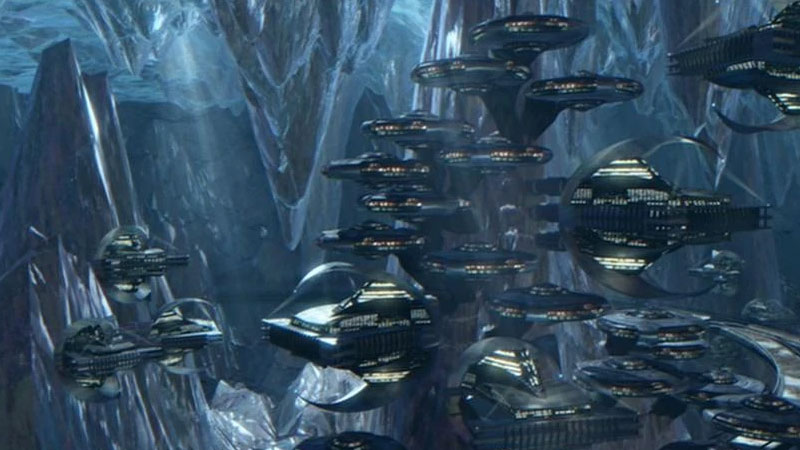
One other fact about Procyon—the system is actually less than 2 billion years old. This makes some sense from a statistical point of view given that F stars burn through their hydrogen at a faster rate, so most of the ones we’d encounter would be younger than our sun. Why is this worthy of discussion? Well, it could have some implications for the Andorians’ evolutionary history. As we learn in The Next Generation episode “The Chase,” most if not all extant humanoid life in the galaxy is descended from a genetic code seeded by the Progenitors 4.5 billion years ago.
When it comes to star systems younger than 4.5 billion years, while some of them have undoubtedly been colonized by non-native aliens, some of the Progenitors’ DNA sequences could have drifted through space and landed on the surfaces of younger worlds in a process called “panspermia.” Some scientists hypothesize this is how life may have started on Earth: bacteria and other microorganisms that travelled the cosmos would have landed on Earth via comet impacts, or possibly from Mars or even outside the solar system.
As for Andorians, given how fine-tuned their evolution seems to be for their environment, and given what we know about Andorian prehistory, I have little doubt that they evolved there. The coded DNA fragments that gave rise to life on Andoria could have been planted by another race like the Preservers in the ancient past, or they could have been transported there naturally via a mechanism like the mycelial network. It’s a mystery as old as time.
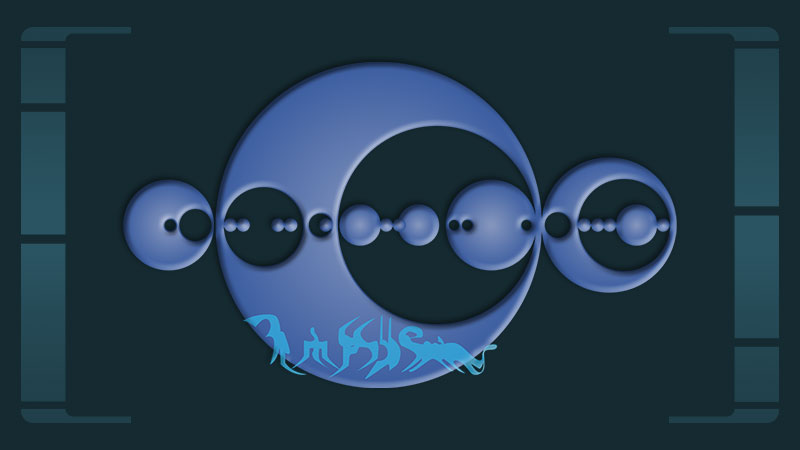
Society and Culture
The Andorians are described and portrayed as a militaristic race—they carry weapons without stun settings, and it’s considered an honour to serve in their Imperial Guard. Military rank greatly influences social reputation. They are considered by outsiders and even by themselves as deeply emotional, passionate, and violent, and they place a high value on family. Andorians are even taught how to fight with various weapons during childhood. So, yeah, all in all, pretty Sparta-like.
Lest you think these cultural practices would make the Andorians an overall conservative species, well…you’d be right. But they’ve got some progressive elements. Women enjoy an equal position in Andorian society and are considered as capable as males in combat. Also, as shown in Enterprise, females can initiate an intimate relationship by assaulting a male…so, yeah.
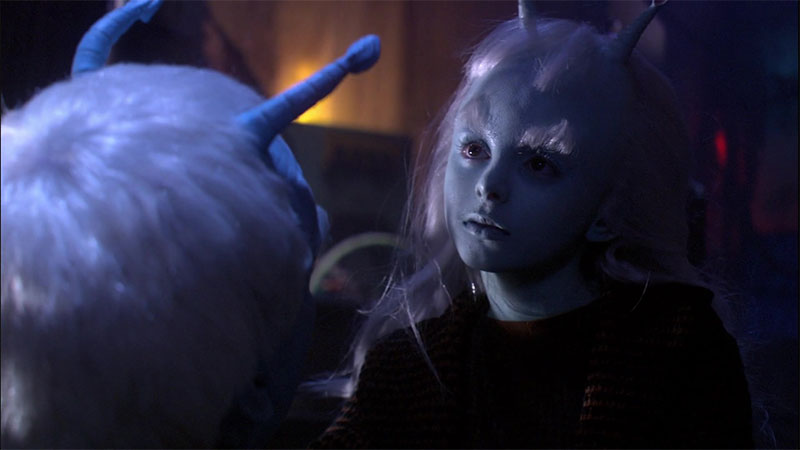
Reproduction
When it comes to gender, though, the Andorians are quite unique among Star Trek aliens. According to Data, Andorian marriages usually require groups of four people, except under certain circumstances. While this could simply be an example of polygamy, some novels and other works have taken this to mean that Andorians have four sexes, which makes their reproduction habits extremely complicated.
Whether or not Andorians are four-sexed is still up for debate, but it’s never been commented on in canon, with their on-screen depictions making no further distinctions between male and female. However, the Lower Decks character Jennifer Sh’reyan’s second name follows the four-gender Andorian naming conventions established in the novels, indicating that she is a shen, the sex that provides one-third of the gametes for the offspring.
Okay, you know what? Even though it’s not canon, let’s take a closer look at this. As established in the DS9 novel Avatar, Book Two, the four Andorian sexes are as follows:
- Shen is a sex that roughly corresponds to female and produces an egg containing one third of the necessary chromosomes.
- Thaan is a sex that roughly corresponds to male and fertilizes the shen’s egg with his gamete containing another third of the necessary chromosomes.
- Chan is another sex that roughly corresponds to male and who fertilizes the egg…again…with his third of the chromosomes. Chans usually have a wiry body type and are smaller than thaans, who are usually bigger and more muscular.
- Finally, zhen is the other sex that roughly corresponds to female and carries the zygote to term in a pouch. They thus do not contribute genetically to the offspring.
The writers and editors at Pocket Books, which publishes many Trek novels, have freely admitted that this is simply one interpretation of Data’s line about Andorian marriages but afforded more storytelling opportunities. Animals with chromosomes other than the familiar X and Y exist on Earth—there are animals with W and Z chromosomes, for example—but while there are definitely intersex humans, the Andorians’ alleged four-sexed reproductive practices are, well, quite alien.
Final Thoughts
Andorians are one of the most fascinating Star Trek species to me personally. I mean, after all, we just went through, how could they not be? While I certainly didn’t include every single fact about Andorians in this video, I do hope this has been an interesting overview of their biology, history, society, and culture.
Watch The Latest Video By Orange River Media Below
Thank you all so much for watching. I’m really interested to hear your thoughts in the comments. If you enjoyed this video, be sure to leave a thumbs up down below and don’t forget to share it. That stuff really helps me out. If you haven’t subscribed, be sure to do that as well and click the bell icon to receive all notifications.
If you want to support my work even further, becoming a patron at patreon.com/orangeriver is a great way to do so.
I’ll see you in the next video…live long and prosper.

